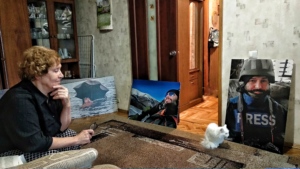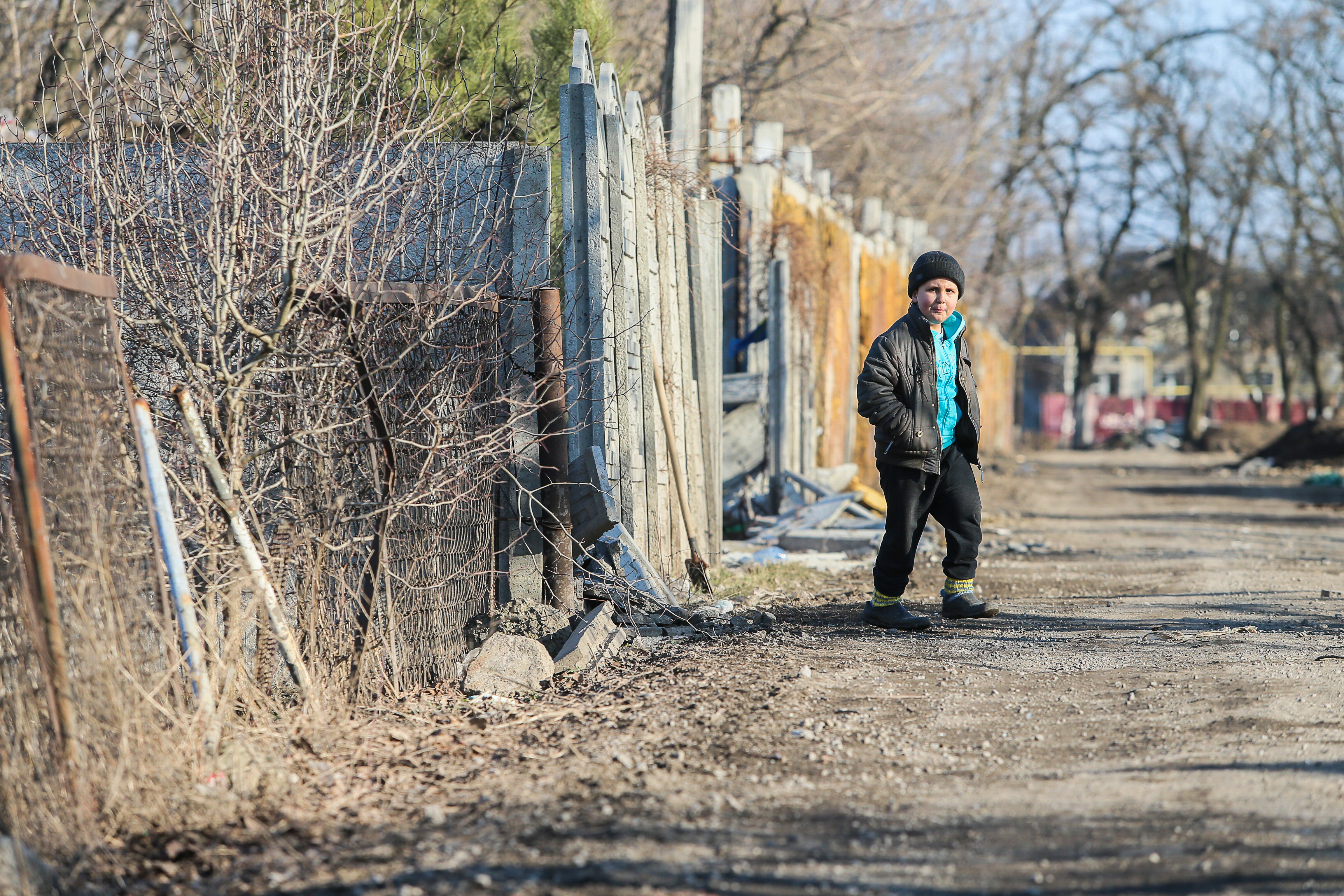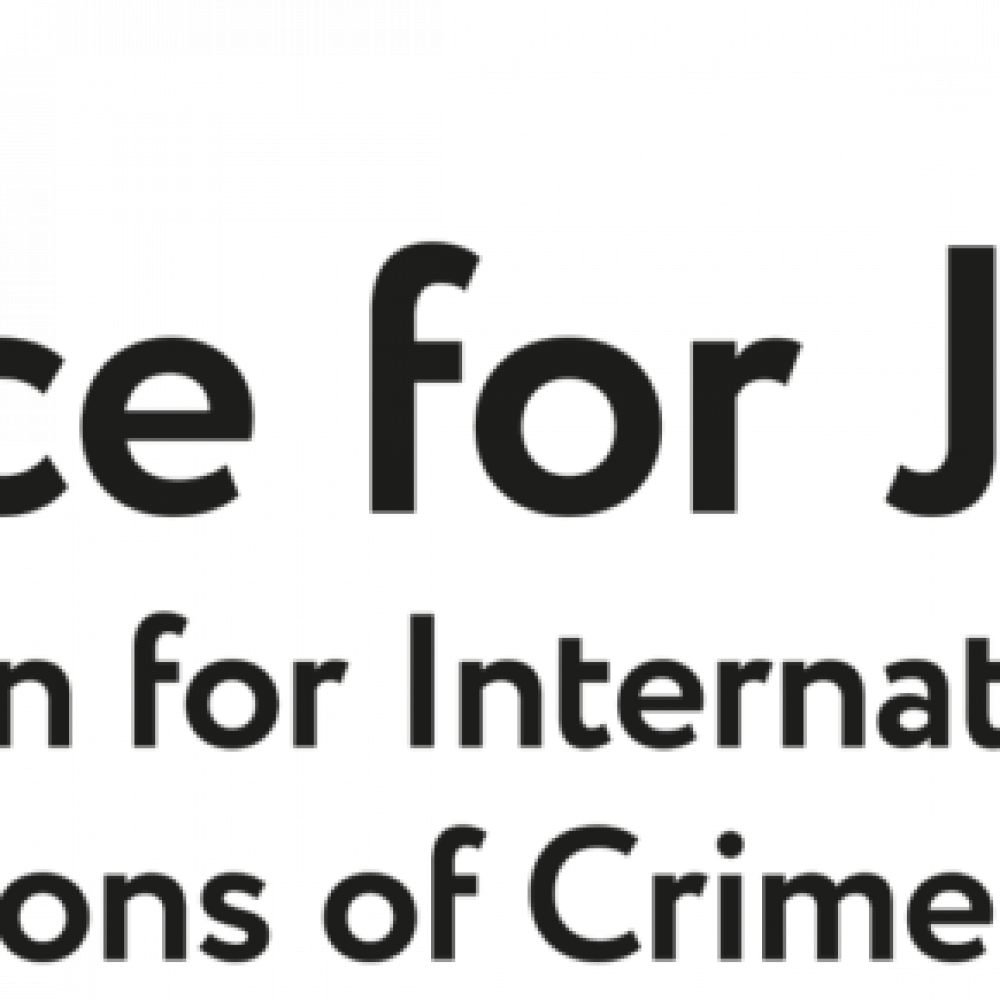Editor’s Note: This story is part of a special project by the Kyiv Post, “Dying for Truth,” a series of stories documenting violence against journalists in Ukraine. Since the country gained independence from the Soviet Union in 1991, more than 50 journalists have been killed across Ukraine — including eight since 2014. Most of the crimes have been poorly investigated, and the killers remain unpunished. The project is supported by the Justice for Journalists Foundation. Content is independent of the donor. All the stories in the series can be found here.
An original article is available on the Kyiv Post website.
It was February 2015. Russia’s war against Ukraine had been raging for 10 months. Serhiy Nikolayev, the war photographer of Segodnya newspaper, was travelling in the Donbas war zone with his friend, war photographer Max Rokotansky, and some other journalists.
They were reporting on one of the deadliest periods in the war which has dragged on for nearly six years and taken more than 13,000 lives.
In the village of Pisky in Donetsk Oblast, the group led by two Right Sector volunteer battalion guides was attacked with mortars. Nikolayev and Right Sector fighter Mykola Flerko were severely wounded in the shelling.
Rokotansky managed to call for help and, less than five minutes later, an ambulance from the Hospitalier volunteer medical battalion arrived at the scene. Nikolayev was still conscious when medics started working on him. His colleagues were filming everything.
When a doctor asked him whether he had insurance, Nikolayev responded: “What freaking insurance are you talking about? I’m on vacation. My first time in the Donbas, but not on the war front.”
Before the war erupted in Ukraine, Nikolayev had already captured five armed conflicts on camera. He had worked in Iran, Somalia, Libya, Syria and Georgia. But it was indeed his first trip to war-torn Donbas.
Segodnya newspaper, like many other Ukrainian media, was not officially sending its reporters to the front line, as the media could not guarantee them medical insurance, Rokotansky told the Kyiv Post.
“But that was how everybody worked back then,” he said. “Only the big TV channels and foreign journalists had insurance on the war front.”
So like many other journalists and photographers, Nikolayev decided to take an official vacation to photograph the events unfolding in Donbas. As of 2019, the Defense Ministry of Ukraine obliges every journalist to pass a special medical training to receive accreditation for the war zone and offers medical insurance of Hr 1,000 (roughly $40) a day.
But back in those days, a special letter from a newsroom was often all one needed. Journalists were pooling money to buy bulletproof vests and helmets to work in the war zone.
“This particular war has become very personal for us. Many of our colleagues decided to leave the newsrooms and go to war. Some of them died that year in combat,” Rokotansky said. “We had a choice — to go there, armed with guns or with cameras. We chose cameras.”
In the first two years, the Donbas war zone was poorly defined and was extremely dangerous.
However, that did not stop dozens of international and Ukrainian journalists from working there at their own risk. In total, five journalists have died in Donbas since 2014, the Committee to Protect Journalists reported on its website.
Nikolayev was the only Ukrainian journalist among them. He died of his wounds on Feb. 28, 2015.

Valentyna Nikolayeva, mother of Serhiy Nikolayev, looks at portraits of her son, who was killed by shelling in the Donbas on Feb. 22, 2015, at her apartment in Kyiv on Dec. 11, 2019. (Veronika Melkozerova)
Not a family man
In photographs, Nikolayev captured the pain, wounds and deaths of dozens of people suffering from military conflicts around the world. During each trip, he took pictures of the children forced to live and grow up in the war zones.
In 2013, Nikolayev turned his work into a photo exhibition called “Unchildish Childhood.”
“It seemed that something was pulling him to trouble spots all over the world. He wanted to be there, to capture the moments of terror during wars, to show people how awful war can be,” Valentyna Nikolayeva, his mother, told the Kyiv Post.
“At one point, he noticed that children who live in war zones grow up too fast. That’s how he got the idea for the exhibition.”
Nikolayeva lives with her daughter, Nikolayev’s younger sister Iryna Ivlicheva. Both women described the photographer as kind and loving, but rather closed off from the family. Every time Nikolayev decided to go to work in another war zone, he kept it a secret from his relatives. His marriage fell apart. However, he was close with his daughter Valeria.
“He told me once that he was not a family man. He just could not stay at home. He always needed to be on the road, at war. He wanted to show what people have to live through there,” Ivlicheva told the Kyiv Post.
Nikolayeva added that there were times she didn’t know where her son was for days. But he was always calling her as soon as his plane landed in Ukraine. “I think he was trying to protect us that way,” Nikolayeva said.
She didn’t know that Nikolayev was attacked and beaten while taking photographs in Crimea in February-March 2014, as Russia was annexing the peninsula.
“He was always like that: blown with the wind, a kind, courageous adventurer, ready to risk everything to do his job,” Nikolayeva said.
When Nikolayev decided to go to the Donbas war zone, he also chose not to inform his family.

Photographer Serhiy Nikolayev took a picture of a boy he met in the Donetsk Oblast village of Pisky in February 2015. After meeting this boy, who lived in the war zone with his grandfather, Nikolayev decided to revive his project “Unchildich Childhood”, dedicated to children who grow up on the frontlines of war across the world. (Sergii Nikolaiev)
A boy in Pisky
Rokotansky said Nikolayev was not even supposed to go on that trip to the war zone with him in February 2015. Rokotansky was working as a fixer for foreign journalists preparing to travel to Donbas. Nikolayev just came to visit him and, at the end of the evening, decided to join the group. Segodnya was not officially sending its reporters to embattled region. So Nikolayev took a week-long vacation.
All he had was a confirmation letter from Segodnya that he was a journalist and a blue bulletproof vest emblazoned with the word “Press.”
“We got a rare opportunity to speak with and take pictures of the Right Sector fighters, who were not so open with the media back in those days. So we all decided to take that opportunity,” Rokotansky said.
However, in Pisky, Nikolayev found even more things to document, Vitalii Lazebnyk, a former Segodnya photographer, told the Kyiv Post. “He met a boy who lived with his grandpa exactly on the frontline and wanted to take pictures of him,” Lazebnyk said.
Rokotansky confirmed this. He said that, after the 2013 “Unchildish childhood” exhibition, Nikolayev largely forgot about the project. He was even thinking of becoming a sports photographer. However, that trip and that boy in Pisky inspired him to revive the project.
After Nikolayev was wounded, he desperately asked Rokotansky to save his camera.
“This is a reflex typical for all war photographers. You don’t care about your own life or skin as much as you care about your photos. Just to be sure that it was all worth it,” Rokotansky said.
He saved Nikolayev’s last pictures and sent the memory cards to the Segodnya newsroom.
Although Nikolayev was not officially on assignment, the newspaper paid to transport his body to Kyiv and for his funeral, Ivlicheva said. Since then, Segodnya has been forced to end its print run and become an online-only publication. Still, Nikolayev’s colleagues remember him and his work fondly.
“Serhiy was not only a staff photographer for me but also my close friend. And we did everything we could to support his family as well as ourselves. Nobody in the newsroom has recovered from his death yet,” Olga Guk-Dremina, Segodnya’s chief editor, told the Kyiv Post.
For his work on the front line, Nikolayev was awarded the Order of Merit and the People’s Hero of Ukraine medal post mortem. The state paid Hr 100,000 (over $4,000) to his family.
His mother still keeps Nikolayev’s awards and photos. Although it has been four years since he died, she still keeps them in a closet. She only takes them out to look at them.
“I always put the photos back, because it’s too painful for me,” Nikolayeva said. “But that is all I have left.”

